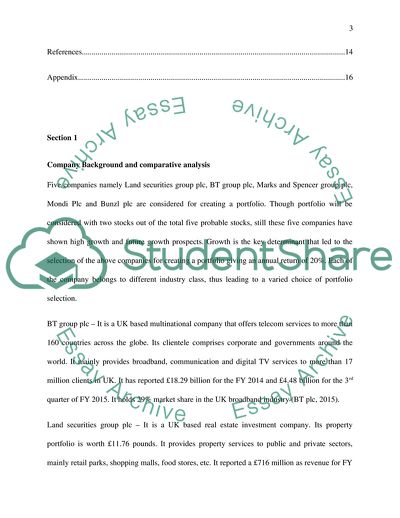Cite this document
(International financial markets Essay Example | Topics and Well Written Essays - 2000 words - 3, n.d.)
International financial markets Essay Example | Topics and Well Written Essays - 2000 words - 3. https://studentshare.org/finance-accounting/1868703-international-financial-markets
International financial markets Essay Example | Topics and Well Written Essays - 2000 words - 3. https://studentshare.org/finance-accounting/1868703-international-financial-markets
(International Financial Markets Essay Example | Topics and Well Written Essays - 2000 Words - 3)
International Financial Markets Essay Example | Topics and Well Written Essays - 2000 Words - 3. https://studentshare.org/finance-accounting/1868703-international-financial-markets.
International Financial Markets Essay Example | Topics and Well Written Essays - 2000 Words - 3. https://studentshare.org/finance-accounting/1868703-international-financial-markets.
“International Financial Markets Essay Example | Topics and Well Written Essays - 2000 Words - 3”. https://studentshare.org/finance-accounting/1868703-international-financial-markets.


